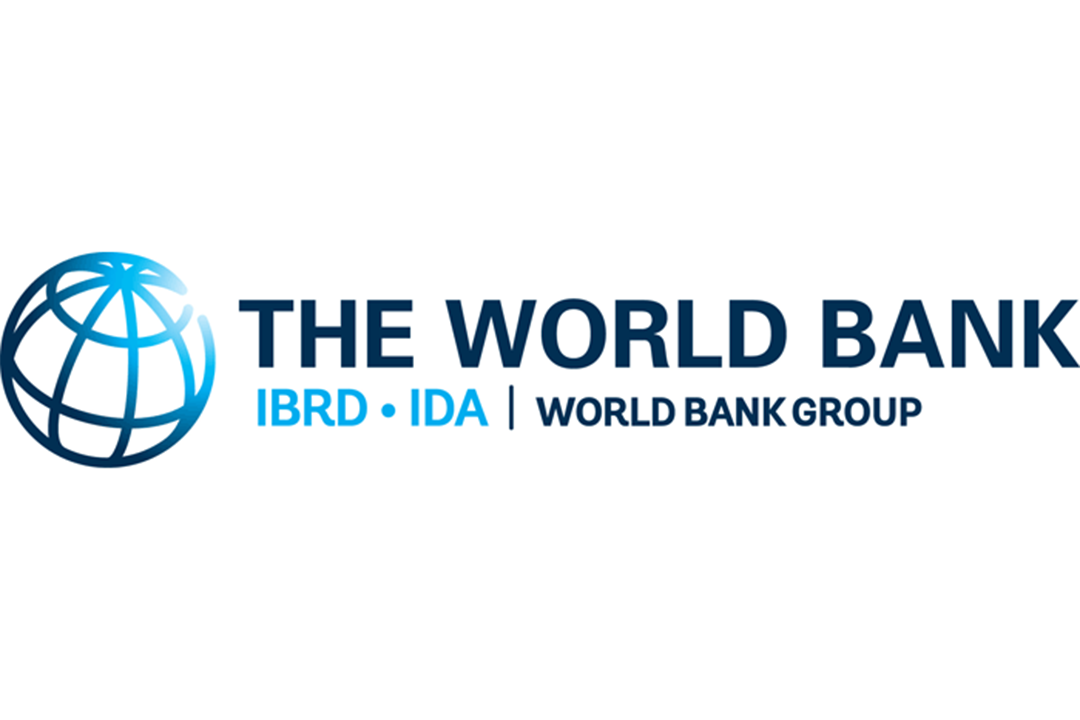Geospatial Techniques
The Basics of GIS
Capturing, analyzing and mapping geographical data is key to our work at the GW Center for Urban and Environmental Research (CUER). Geographical Information Systems (GIS) link location-based information (spatial) to database information (tabular). This linking of information enables the user to visualize patterns, relationships and trends. Analyzing data this way offers a new perspective on information that is practically absent from exclusively tabular data. Using GIS, we can manage, analyze, query and interact with geographically referenced information using spatial analysis techniques.
Spatial analysis is the study of the distribution and clustering of events and/or objects in space, in conjunction with their attribute characteristics. At present, the GW Department of Geography is the only department at the university with the requisite skill and training programs to offer these types of analyses.
During the past several years, the Department of Geography has become an important vehicle for student geospatial training and support. The department offers tailored short-term projects undertaken in cooperation with university departments and offices, local nonprofit organizations, bilateral and multilateral agencies, government organizations and private institutions. Furthermore, the wide-reaching application of geospatial technology gives students and teachers the opportunity to fulfill the university's commitment to interdisciplinary collaboration and community service. Many projects established by the Geography Department and supported by CUER have evolved into substantial long-term research and development activities in the Greater Washington area.
Sampling of Geospatial Collaborations
Children's National Medical Center (Children’s Hospital DC)
We have participated in several research projects with the medical faculty at Children's National Medical Center. The first collaboration looked at pediatric vaccination coverage in Washington DC, and how this is potentially related to primary care provider accessibility for the study population. The second collaboration examined the spatial distribution of burn trauma in the city, with the express purpose of community education and advocacy. The third collaboration looked at the nature and spatial distribution of unnecessary ER visits to Children’s. The most recent collaboration looks at childhood obesity in the Washington, D.C., Metropolitan area, and at how the introduction of geospatial analysis tools can help us understand the spatial distribution of this condition, informing both the research community, patient advocacy groups, and the public themselves.
National Institutes of Health
Our researchers have received funding from the NIH for a research project entitled “Health, Poverty and Place: Modeling Inequalities in Accra Using Remote Sensing and GIS.” The GW Department of Geography researchers on the team, Ryan Engstrom and David Rain, work in collaboration with colleagues from the Harvard University School of Public Health and the San Diego State University.
The World Bank
GW Geography began its successful collaboration with the World Bank in 2006, with a transportation infrastructure GIS project for Nepal. We have continued to collaborate with the Bank, and have developed and delivered several tailored GIS workshops to Bank staff using World Bank GIS data and field office scenarios.
Academy for Educational Development (AED)
GW Geography worked with AED to build a spatial data inventory for Equatorial Guinea relating to a census of schools currently being conducted there. Map products produced by GW Geography were presented to the Minister for Education in Equatorial Guinea.
Pan American Development Institute
GW Geography geocoded and developed a series of maps charting civil society organizations and activities, for the Cuba Development Initiative.
GW Office of Real Estate in conjunction with Casey Trees
As part of a service learning initiative, Dr. Lisa Benton-Short's, Building Cities class (GEOG 187), worked with the GW Office of Real Estate and DC environmental non-profit Casey Trees to create a tree/vegetation inventory of the campus. These data were used in class projects to suggest “green” additions to the proposed campus plan. All data from the project were presented to both organizations
GW Office of Government, International & Community Relations
In celebration of President Knapp's Inauguration in November 2007, the Office of Government, International & Community Relations commissioned a series of maps to illustrate community based partnerships among GW Schools, and district organizations. Due to the success of this series of maps, Geography was asked to extend this project to map GW governmental, and eventually GW business partnerships in the District.
GW School of Business
This research project examined the spatial proximity of critical infrastructure to major rail lines. Currently, the project is developing a methodology to establish a Criticality Index for particular rail lines based on economic, business and census data.
GW Sigur Center, PISA
The GW Geography Department partnered with the GW Elliott School's SIGUR Center Program for International Studies in Asia on a 2009 proposal that was funded by the Ford Foundation. The project, entitled “Proposal for a Leadership Institute on Creative Responses to Global Climate Change,” was designed to help the country of Vietnam to improve their response to the potential impacts of climate change. The Geography Department provided geospatial training to a team of Vietnamese government delegates during their visit to Washington, D.C. .










